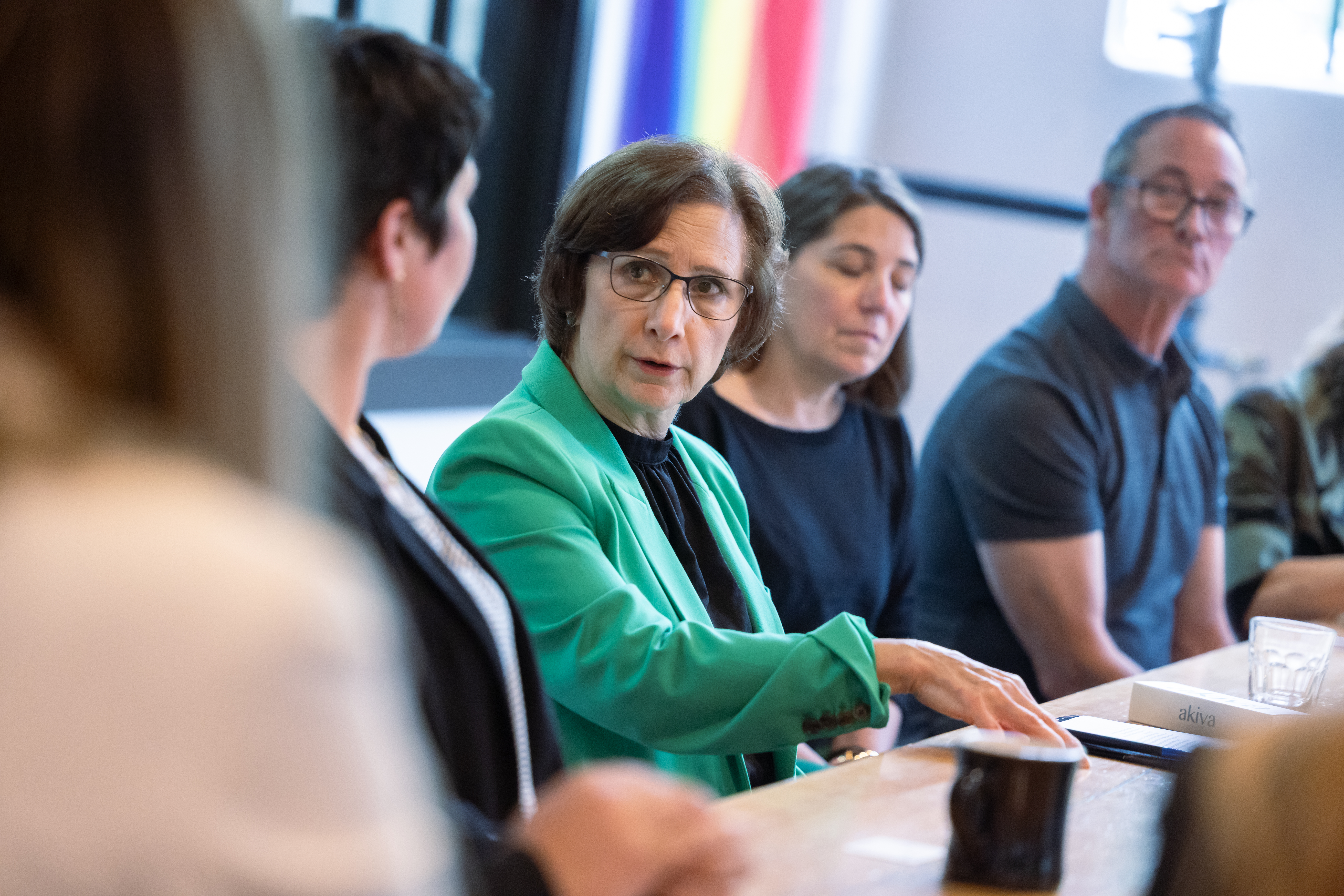Voice of the Chieftain: Greater Idaho isn’t really about Idaho
Published 6:00 am Wednesday, June 14, 2023
Well, after a pair of nail-biting elections in Wallowa County regarding the Greater Idaho movement, this much is clear:
Voters in Wallowa County are just about evenly divided on the idea.
Twice now — in 2020 and most recently, this May — voters faced a ballot measure that asked whether the county’s commissioners should be required to occasionally discuss Wallowa County’s interests in a proposed relocation of the state’s borders. Although the most recent ballot measure doesn’t specify the state, it’s presumed that Wallowa County would become part of Idaho in the somewhat unlikely event that both state legislatures and the U.S. Congress approved the move.
In 2020, when the ballot measure specified that the commissioners would hold this discussion three times a year, the measure failed, by 46 votes.
Greater Idaho leaders tried again this May, with a new measure that reduced the number of annual discussions to two, one in August and the other one in February.
When it was over, the measure had passed by seven votes, out of more than 3,500 cast. The margin of victory is just a hair above 0.2%. One more “no” vote would have triggered an automatic recount. (The tiny margin of victory, interestingly, is smaller than the margins that Greater Idaho ballot measures have racked up in other Eastern Oregon counties.)
Nevertheless, the measure prevailed. So the agenda for the Wallowa County Board of Commissioners’ meeting on Wednesday, Aug. 23, will include a new agenda item: “To discuss how to promote the interests of Wallowa County that would be relevant to a relocation of state borders and to prepare the county for becoming a county of another state.” (Those are the exact words of the ballot measure.)
That meeting will just be the start. The Greater Idaho movement isn’t going away, fueled as it is by the sense that the voices of Eastern Oregon residents simply don’t matter anymore in state government — that Idaho might be a better fit for Eastern Oregon, politically, culturally and economically.
State officials, when they swing through Eastern Oregon, routinely say that they embrace the notion of a single Oregon — but, too often, their actions don’t back up their words. Matt McCaw, a spokesperson for the Greater Idaho movement, says that the split between rural and urban Oregon “hasn’t gotten better. It’s only gotten worse.”
And the split plays out in the halls of the Legislature, in actions such as the walkout by GOP state senators that has stalled legislative action. (And which could result, in part, in the scuttling of legislation that would benefit rural Oregon, but that’s a topic for another editorial.)
In counties that have previously approved Greater Idaho measures, an interesting development over the course of the last year has been the rise of somewhat organized opposition — in Grant County, for example, some residents started showing up to commission meetings wearing “Just Say No to Idaho” T-shirts. In Wallowa County, there were stirrings of opposition during the campaign, and judging by the huge election turnout, it wouldn’t be surprising to see voices of opposition continue in the county — although much of the opposition thus far has focused on the shortcomings of Idaho.
And that’s pertinent. But the core issue here doesn’t really involve Idaho, at least not yet. It hinges on whether Eastern Oregon residents believe their voices carry weight in Salem. Do they truly have a seat at the table? The answer needs to be “yes” — and that “yes” needs to be backed up with concrete examples.









